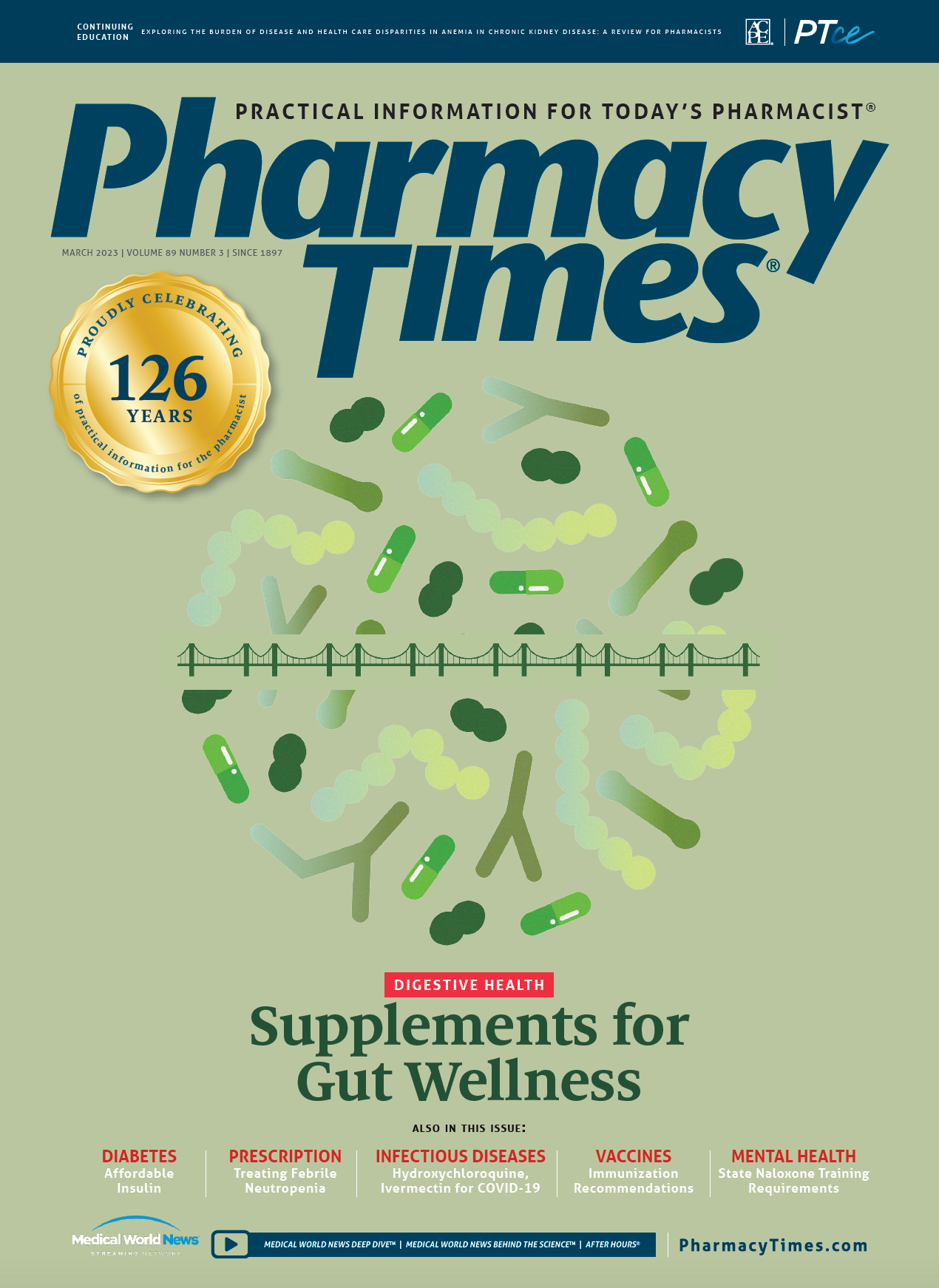Publication
Article
Pharmacy Times
Profession Goes From Boom to Bust and Back Again
Just a few short years ago there was a pharmacist glut; is there really a shortage now, or is a deeper labor market contortion occurring?
I remember graduating from pharmacy school in 2002 and the free-for-all that was the graduate job fair for Drake University’s graduating class.
Everyone was begging to land a pharmacist, and a small chain in the Northwest traveled about 2000 miles to Des Moines, Iowa, with the hope that 1 of the 106 graduates would take a staff position in Seattle, Washington. This was one of the first PharmD classes. That short disruption in the cycle of supply, in combination with the baby boomers getting to the age of chronic illness and several new blockbuster drugs including Lipitor, Neurontin, and Prilosec having been released in the prior decade, led to an incredible shortage of pharmacists.
There were many fewer pharmacy schools and graduates than there are now, and community pharmacies could generate positive profit margins.
Bust Times, Narrow Networks, Poor Reimbursement, Automation, Mail Order
As time passed, and the patent cliffs came and went with their sizable brand-to-generic buy-sell spreads in the rearview mirror, community pharmacies became more economically unsustainable at their pharmacist staffing levels. So with more pressure to mail order, pharmacy benefit manager consolidation, and an assist from automation (remember we were told it would free up time for clinical services?) the number of prescriptions per day that must be filled to keep pharmacists employed kept rising, and eventually tens of thousands of pharmacists were laid off between 2015 and 2020.
Pharmacists Back Up Front
Then in March 2020, COVID-19 caused lockdowns and suddenly, just 2 types of providers remained accessible to the public: hospital and pharmacy staff members. Pharmacies stayed open when everyone else closed. Nearly overnight, community pharmacies adapted to distancing and increased home and parking lot care deliveries. Later that year, pharmacies applied for Clinical Laboratory Improvement Amendments waivers en masse and started testing programs and eventually vaccination programs during the COVID-19 response. It was the largest, most successful industrywide transformation taking place over the course of a few months, and pharmacists were suddenly in high demand.
Community Pharmacy Sign-On Bonuses
Even with COVID-19 testing and vaccination efforts abating, some community pharmacies are offering signing bonuses again. Yes, there has been an uptick in the need for pharmacists, with continued services related to COVID- 19 and sister services, such as other point-of-care testing, test and treat, prescribing, and medical billing privileges, but it has not been the entire reason for the shortage of community pharmacists in many areas.
Unfortunately, pharmacists, like many other health professionals, are burned out, particularly those who have endured the entirety of the pandemic in crisis mode, reaching all the way back to March 2020. A resetting of priorities, emphasizing family and wellness, is a trend among not only former community pharmacists but also pharmacy technicians and other support staff. Add to the mix a growing percentage of pharmacy graduates being told that residencies with health systems is their only safe career bet, and community pharmacy morale has crept to near pre–COVID-19 levels.
And despite all the accolades on the news and bonuses reemerging, pharmacy school applications are down 63% over the past decade, the lowest in 18 years.
Make Pharmacy Fun Again
Dollars and cents matter but pale by comparison to work-life balance, work-stressor imbalance, and work-purpose mismatch. Community pharmacy needs to become fun again, with meaning and purpose in patient care delivery activities, recognition of professional value, and an economic pathway off the hamster wheel. It is now or never. Public recognition of the need for community pharmacy and the subsequent policy changes and economic opportunity were at their peak in 2021-2022, and we need to ride that wave to a successful future or there will not be a future or anyone who wants to enter pharmacy school again.
About the Author
Troy Trygstad, PharmD, PhD, MBA, is the executive director of Community Pharmacy Enhanced Services Network USA, a clinically integrated network of more than 3500 participating pharmacies.
Reference
Twenter P. Pharmacy school applications lowest in 18 years. Becker’s Hospital Review. November 7, 2022. Accessed March 2, 2023. https://www. beckershospitalreview.com/pharmacy/pharmacy-school-applications-lowest-in-18-years.html


Measles Cases Climb to 800 in United States as Outbreak Spreads Across Borders

FDA Approves Dupilumab, Marking First Targeted Therapy in a Decade for Chronic Spontaneous Urticaria



